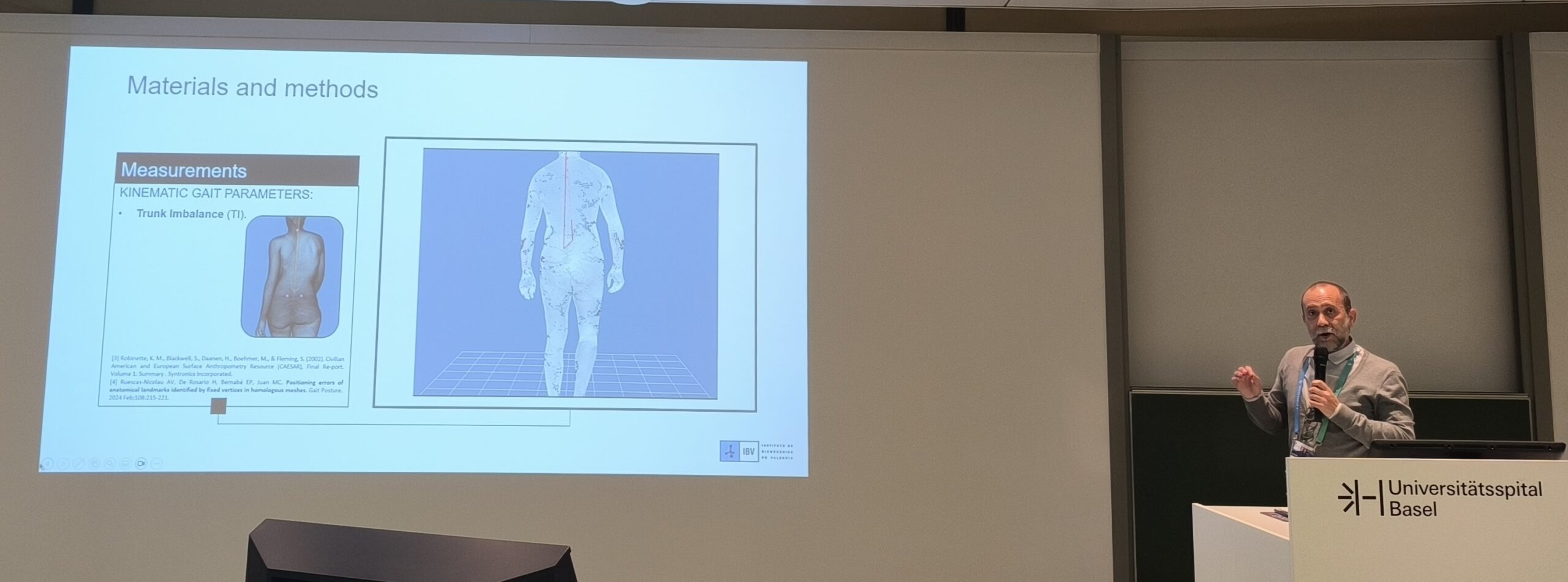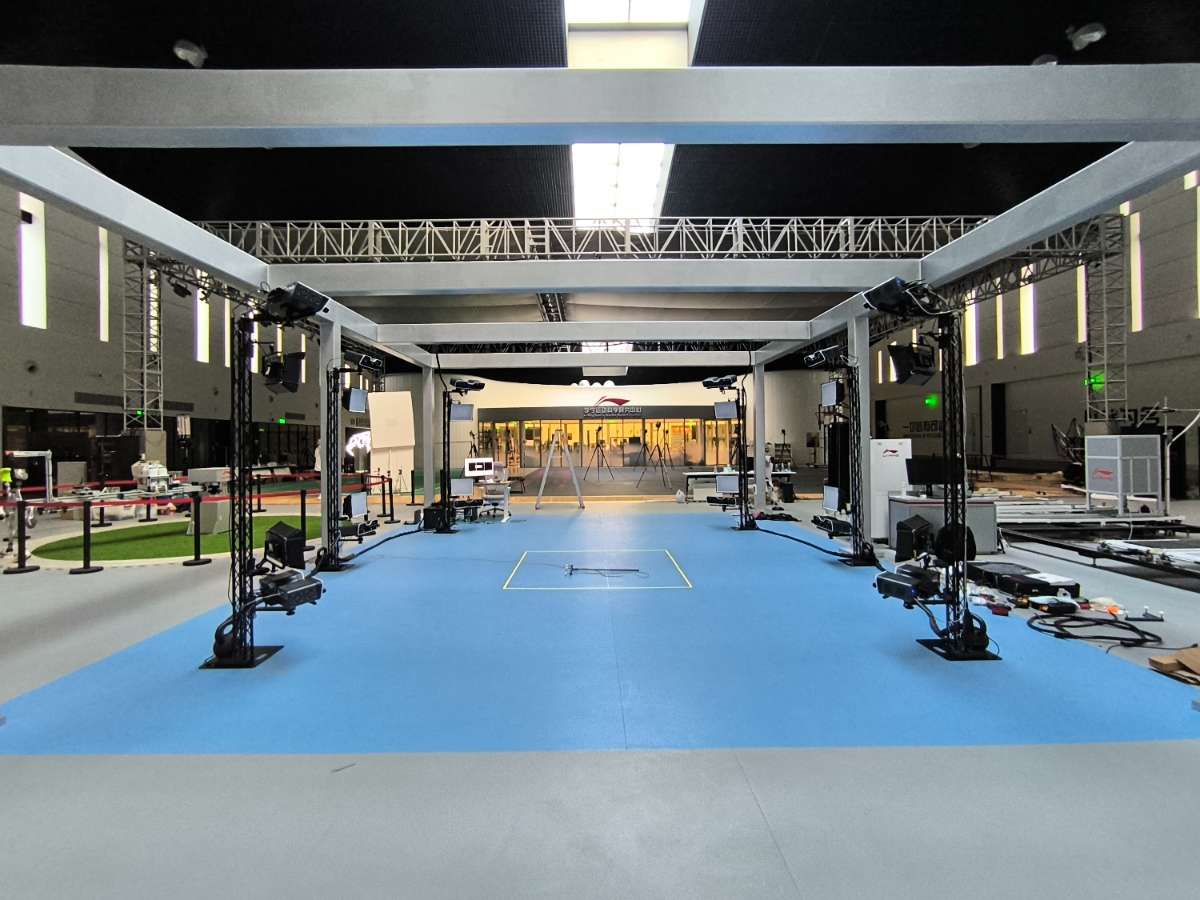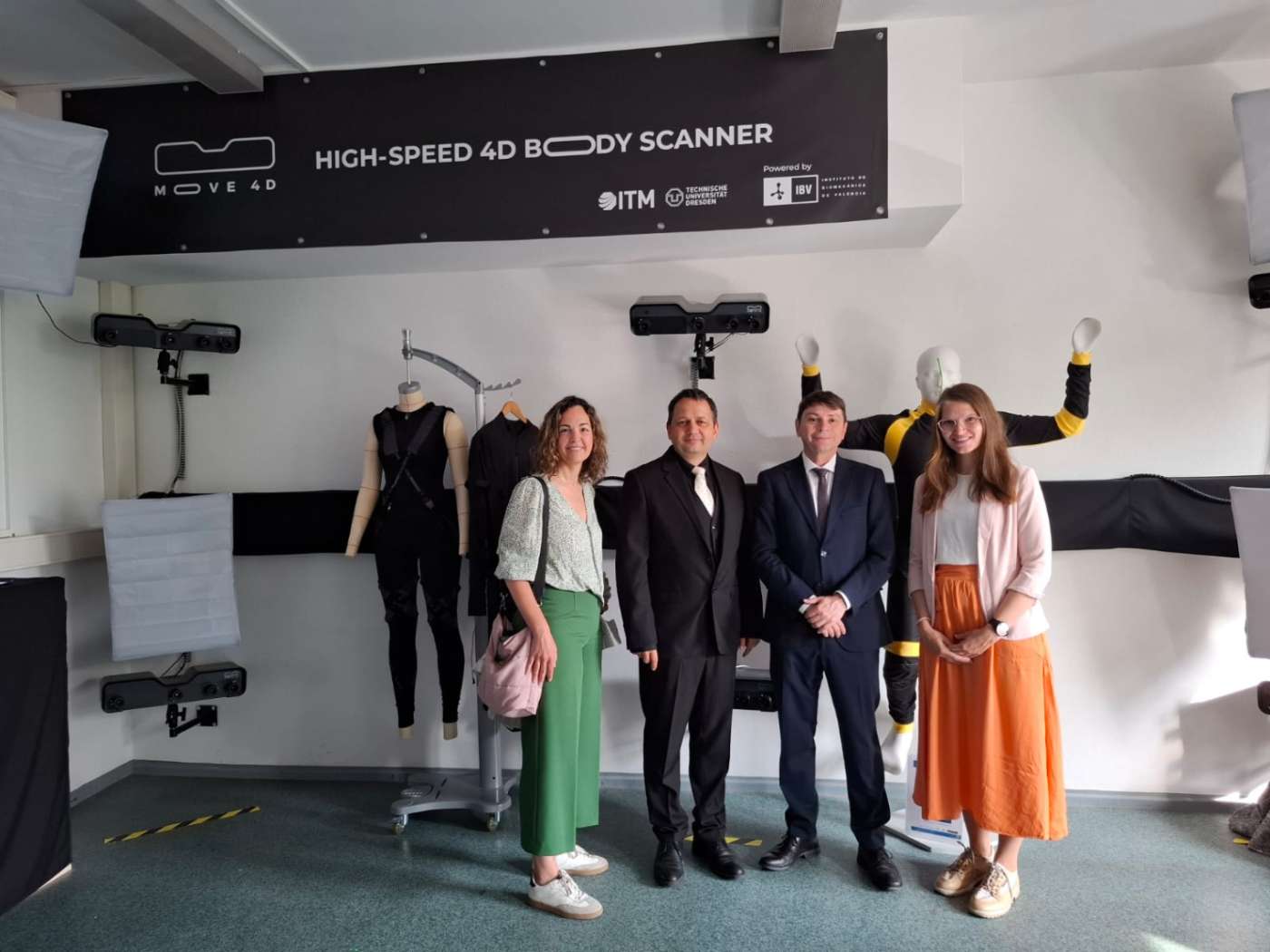At the 2025 European Defence Innovation Days (EDID), held from May 14–16 in Krakow and organized by the European Defence Agency (EDA), our project stood out for putting the human body —not just technology— at the center of military innovation. MOVE4D, developed by Spain’s Instituto de Biomecánica de Valencia (IBV), brought to the forefront something often overlooked in defense engineering: how soldiers actually move.
Understanding dynamic anthropometrics —how the human body changes shape and occupies space while in motion— isn’t just a design improvement. It’s mission-critical.
Real soldiers, real movement, real impact
As part of the MOVE4D team, our colleagues recently gave a talk where they shared key insights into the goals and impact of this groundbreaking project.
MOVE4D focuses on something simple yet powerful: understanding how soldiers move in real-world situations. Not static poses or idealized postures, but real, dynamic tasks — jumping out of a vehicle, lifting gear, crouching under fire. Using advanced motion-capture technology, MOVE4D is setting a new standard for how military gear and vehicles are designed.
What’s at stake? Everything.
When equipment restricts a soldier’s movement, it slows them down. If the cockpit of an armored vehicle doesn’t account for the dynamic shape of the human body, it can cause injuries or make quick exits impossible. If an exosuit or body armor fights against natural motion instead of supporting it, performance suffers, risk increases, and the mission can fail.
MOVE4D helps prevent that. It delivers the kind of data designers and engineers need to build gear that works with the body, not against it.

Safety in tight spaces
Modern combat environments often involve extreme constraints: narrow hatches, tight cockpits, confined compartments. Misjudging how a human body behaves in those settings -how it twists, bends, reaches- can mean the difference between success and failure, or safety and injury.
MOVE4D helps bridge that gap with data that reflects how bodies actually move, not just how they’re measured at rest. It’s a subtle but critical difference.
This kind of understanding can guide the redesign of seats, harnesses, access systems, and interfaces that soldiers rely on under pressure. It can help reduce injury, fatigue, and delay. And it can ensure that even in the most demanding conditions, military equipment supports performance instead of limiting it.
Talk: “Dynamic anthropometry is not just a technical detail – It’s a mission-critical” by Rosa Porcar, Technology Business Director at IBV

During the event, the MOVE4D Tech team took part in roundtable discussions, technical presentations, and networking sessions. In the “tech talks,” we shared the importance of applying dynamic anthropometry within the defense industry, highlighting its multiple applications and benefits.
Beyond design: A foundational innovation
As Rosa Porcar explained during her talk, what makes MOVE4D so impactful is that it goes beyond improving helmets or seats. The data it provides is foundational—feeding into training simulations, AI modeling, virtual testing environments, and the development of adaptive systems that respond in real time to the user.
It’s the backbone for broader innovation across the defense ecosystem.
As IBV explained at EDID 2025: “If soldiers can’t move safely and efficiently in their gear or their environment, everything else -training, tactics, technology- starts to fall apart.”
Spanish representation in European defense innovation
MOVE4D’s presence at EDID 2025 was part of a high-level Spanish participation in the event. The Spanish Ministry of Defence, led by Rear Admiral Fernando José Suárez Fonseca, Deputy Director General for Planning, Technology and Innovation, coordinated a strong national presence.
The Spanish delegation included representatives from major defence companies, SMEs, startups, and R&D centers -many of which were showcasing cutting-edge developments-.
Within that landscape, MOVE4D and IBV made a compelling case for Spain’s human-centered military design. Their stand attracted interest from both institutional leaders and private-sector partners, combining hands-on demonstrations, visuals, and expert insight into one of the most complex (and overlooked) aspects of soldier performance.
Conclusions
1. Human-centered defense for the real world
MOVE4D represents a shift in mindset. For years, defense innovation has prioritized hardware performance, automation, and digital systems. But at the core of every mission, there’s still a person—under pressure, in gear, making split-second decisions.
MOVE4D recognizes that the human body is not a fixed object, but a moving, adapting system. And unless gear, vehicles, and environments are built with that reality in mind, soldiers are at risk.
This isn’t just about comfort. It’s about survivability.
Designing with dynamic anthropometrics helps ensure that soldiers can act without hesitation, injuries are minimized, and the mission moves forward. When you start from the human body in motion, everything else —from armor to AI— can be better aligned.
2. Designing for the body in motion
What MOVE4D delivers isn’t just data —it’s insight. It turns movement into measurable, usable knowledge. That insight is already influencing how engineers think about future exoskeletons, modular gear systems, and multi-role vehicle interiors.
Because defense can’t afford guesswork.
With MOVE4D, military designers and decision-makers gain access to evidence-based metrics about what the body really needs to move safely, efficiently, and effectively through complex environments. That translates into better fit, better protection, and better mission outcomes.
3. A smart, strategic future
At EDID 2025, MOVE4D showed that military innovation doesn’t always mean “more technology” sometimes, it means better understanding the human side of the equation. By prioritizing how people actually move, the project is unlocking smarter, more responsive solutions across the defense sector.
It’s a reminder that innovation isn’t only about speed or automation. It’s about harmony between the human body and the systems designed to support it.
For the future of European defense, that’s not just smart, it’s essential.
Interested in learning more about MOVE4D? Discover here the main features of MOVE4D.






